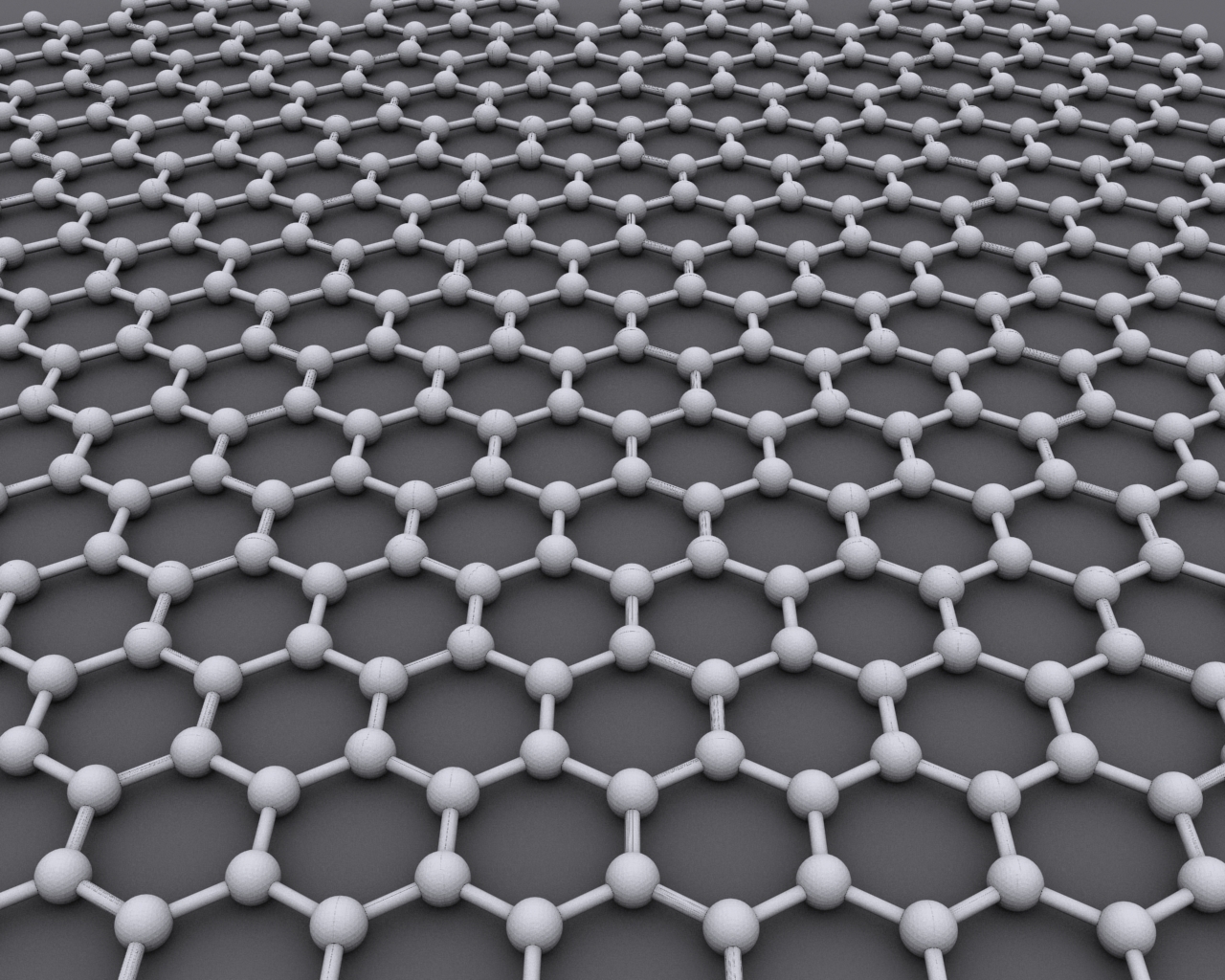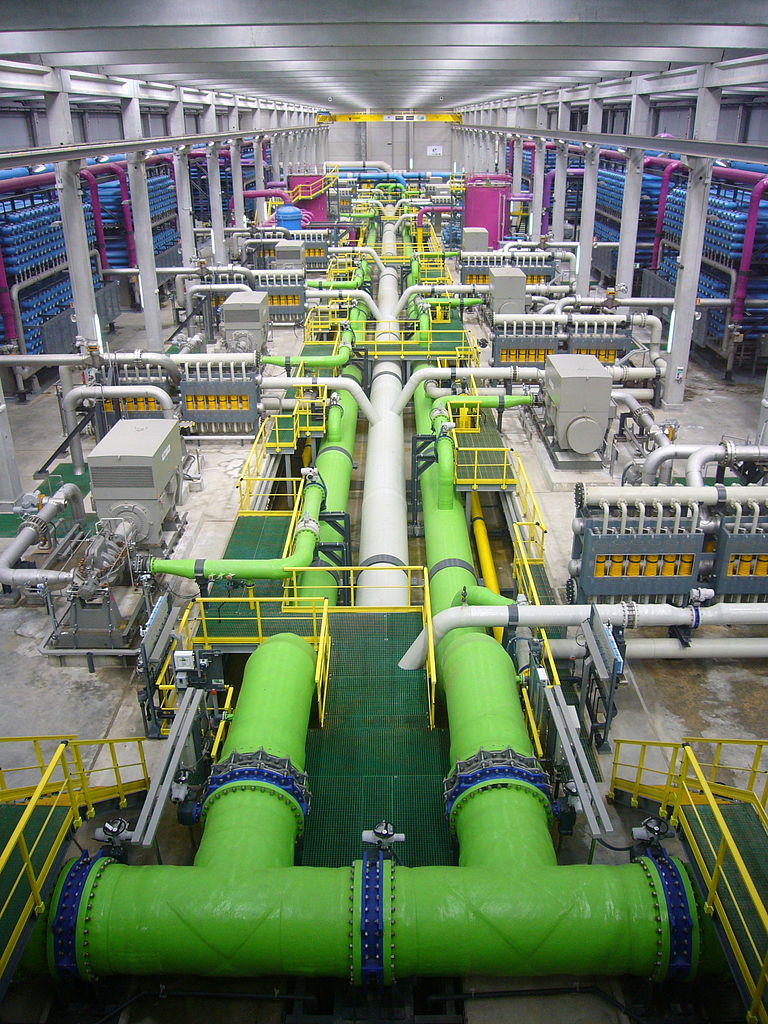Lockheed Martin has developed a process that significantly reduces the amount of energy needed to desalinate water, according to a recent report by Reuters. The new process uses carbon filters made of graphene with holes large enough to allow water to pass through but small enough to block the salt molecules in seawater. Because the membranes have holes as thin as a single atom, the process would require far less energy than existing desalination technologies which rely on reverse osmosis. According to John Stetson, a Lockheed Martin engineer, the new filters are 500 times thinner than the best filter on the market today and a thousand times stronger: “The energy that’s required and the pressure that’s required to filter salt is approximately 100 times less.”
According to a United Nations report, about 780 million people around the world do not have access to clean drinking water. As the InterAction Council puts it: “There is now a clear recognition by the global community that we are in the midst of a global water crisis. As shifting population dynamics and growing economic activity place an increased demand on finite fresh water resources, governments struggle to secure the needs of their citizens by ensuring access to an adequate amount of food at reasonable cost, a reliable energy supply, a robust water infrastructure and supply system, all while continuing to sustain economic growth. Meeting these challenges is a tall order if we are also to consider that there must be enough water to support essential ecosystem functions and services, and that climate change will have adverse impacts on the global water cycle. Nonetheless, the global community must strive to achieve critical development targets by ensuring adequate access to safe water and sanitation services, alleviating poverty for the world’s ‘bottom billion’, and bridging the gender divide” (source).
Lockheed engineers expect to be into the prototyping stage by the end of this year, and the grapheme innovation may eventually ease the growing threat of water scarcity. However, ever-increasing water needs for an ever-increasing population is not a sustainable scenario. While noting costs are falling, and generally positive about the technology for affluent areas in proximity to oceans, a 2004 study argued, “Desalinated water may be a solution for some water-stress regions, but not for places that are poor, deep in the interior of a continent, or at high elevation. Unfortunately, that includes some of the places with biggest water problems.”, and, “Indeed, one needs to lift the water by 2,000 metres (6,600 ft), or transport it over more than 1,600 kilometres (990 mi) to get transport costs equal to the desalination costs. Thus, it may be more economical to transport fresh water from somewhere else than to desalinate it” (Wikipedia: Desalination).
Article by Bill Norrington



